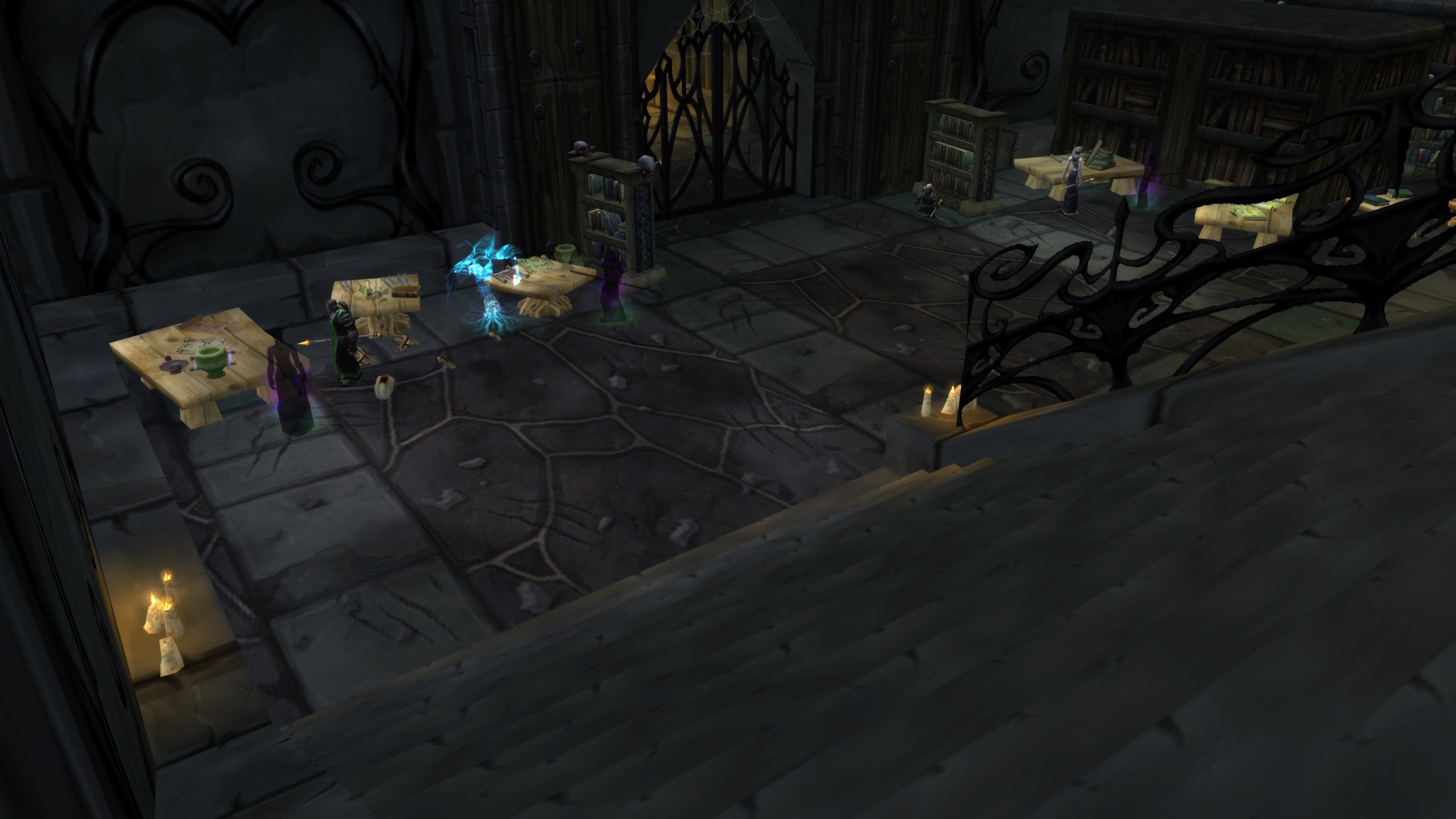

All Paladin archetypes mesh well with Bard except Paladin of Ancients, which is only useful if you take 6 levels of Paladin.Thus, it would be more beneficial to use Bard as your core class, as you can get two high-level Paladin spells that would not be available to Paladins who multiclass with Bard. You could choose Paladin as your core class, but Bards at level 10 and 14 get magical secrets to learn 2 highest spells from any class.With the addition of a Fighting Style and Smiting at Paladin level two, Bard/Paladins benefit from a Bard’s higher spell slots: the higher the spell slot expended, the more Smiting damage. If you want to be a fighting Bard, this multiclass is probably your best option, as both Bards and Paladins utilize high Charisma. Heck, you could take a level of Barbarian to get Rage if you’re not using heavy armor or relying on spells during combat.Īrtificers are incredibly versatile, so multiclassing with them has multitudes of possibilities.Ĭompatible Bard Multiclasses: Bard/Paladin:

Action Surge at level two is always great. The Battle Smith Artificer may be especially interested in improving its martial abilities. Awesome!Īrtificers may dip three levels in Fighter to get a subclass that benefits melee combat. It also allows them to learn Cure Wounds and use their Intelligence modifier to cast it. Wizards can go with other Artificer levels to gain just medium armor and the proficiencies mentioned earlier. Wizards can gain heavy armor proficiency without needing Strength scores of fifteen by taking three levels of Armorer Artificer. Read our in-depth Artificer multiclassing guide and analysis here. You can play the Artificer class with Eberron: Rising from the Last War or Tasha’s Cauldron of Everything. Taking up to three levels in the intelligence-based Artificer may be beneficial to other classes in order to gain armor and tool proficiencies, magic Infusions (quick magic items or enhanced armor and weapons), and potential subclass features. The Artificer can be an excellent multiclass for other classes. There is a lot of multiclassing potential for Artificers if you don’t plan on getting to level twenty or you don’t care for the capstone as much as we do. That’s our personal taste because we love that capstone. If you intend on being primarily an Artificer, we personally love the level-twenty ability of +1 bonus to all saving throws for each magic item you are attuned to (up to 6!). We recommend multiclassing for these three reasons: to pick up armor proficiencies, to gain low-level class skills, or to fit a specific character archetype.
Shadow blade build 5e how to#
So what do we consider a good reason to multiclass? From our How to Multiclass in 5e article: Remember, when you multiclass, you miss out on the highest levels of your core class. Here we’ll discuss why a class is or is not an excellent core class candidate and which classes mesh well. In this article, we will only focus on multiclassing a core class with a secondary class, and no additional classes, though that is always a possibility. We will call this your “core class.” Traditionally, more levels are taken in the core class than in your secondary class, but that is not always the case. When building a multiclass, you will choose a class for your character at level one. You can also explore our multiclass builds here. If you’re a little hazy on how to multiclass, see our article that quickly and clearly explains the multiclassing rules and reasons to or not to multiclass. Eldritch monsters dnd 5e.The image for this multiclassing combinations content is “Battle of heroes” by linweichen, CC Attribution-Noncommercial-No Derivative Works 3.0 Licenseĭisclaimer: This article contains affiliate links that add gold to our coffers.įrom increasing utility to developing a beautiful character arch, multiclassing can have multiple benefits-if you choose the right combination.


 0 kommentar(er)
0 kommentar(er)
